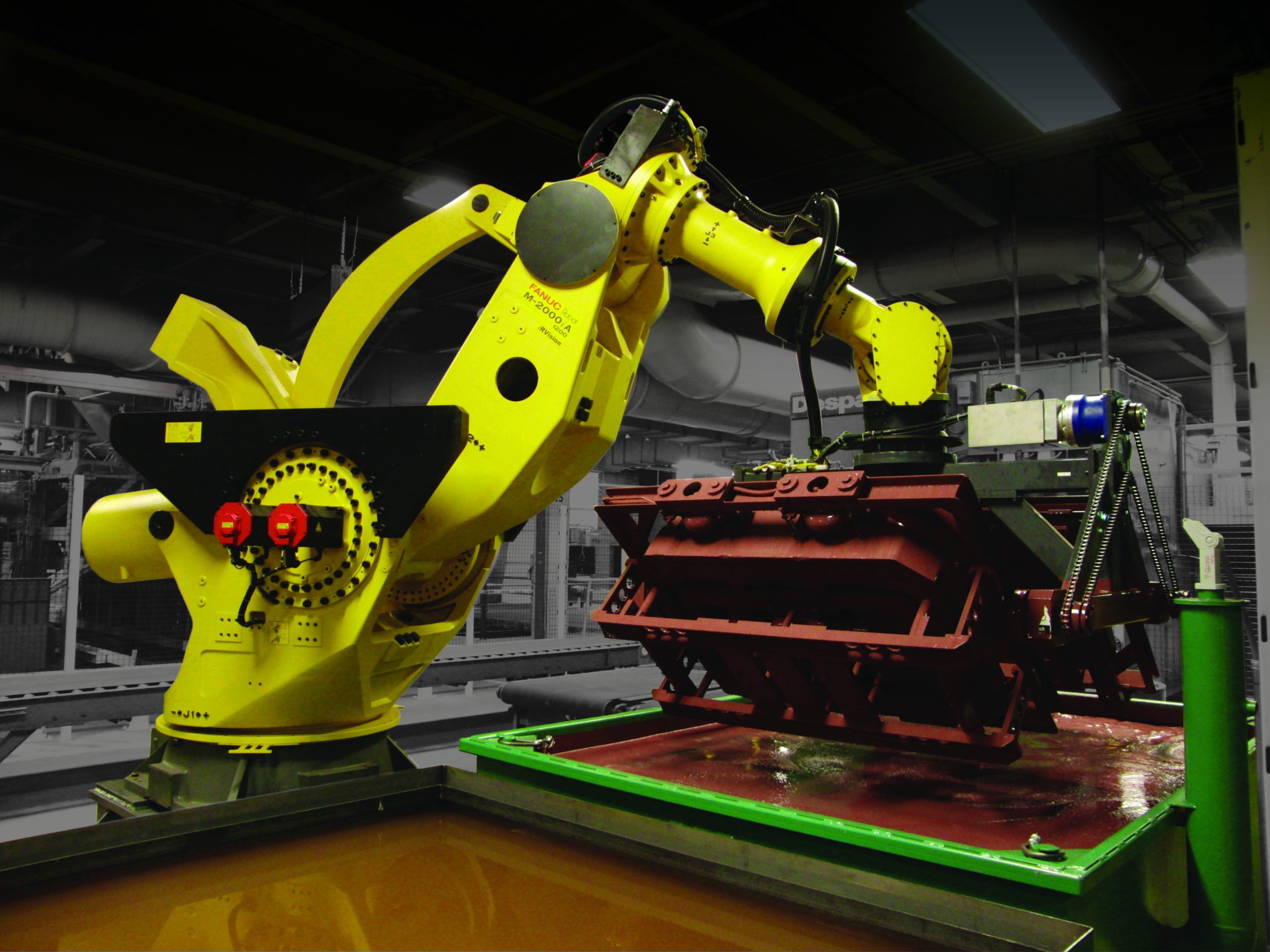In today’s fast-changing manufacturing environment, industrial robots and robotic manufacturing have emerged as important drivers of innovation and efficiency. The incorporation of robotics into manufacturing has transformed the industry. It provides a range of advantages to companies seeking to boost productivity, quality, or competitiveness. Manufacturing robots are expected to play a larger role in shaping manufacturing’s future as demand for automation solutions grows.
Manufacturing robots (also known as industrial robots) are specially designed machines to perform various tasks in an industrial setting. They can be used for welding, painting, and packing and picking and many more. Industrial robotics is the research and use of robotics. It focuses on increasing efficiency and precision during manufacturing operations.

Automated Solutions Australia is one of the companies that are at the leading edge. They are specialized in industrial robot systems that offer flexible automation to manufacturing clients. The industrial robots of ASA help customers to get an edge in the market through boosting productivity and quality. With a strong emphasis on the best practices, ASA’s industrial robotics are sought after by businesses across the globe in a variety of industries, including electronics, automotive pharmaceuticals, and other.
Industrial robots have advantages that have many facets. One of the primary advantages is the significant improvement in efficiency and productivity. Industrial robots can handle repetitive tasks with precision and consistency. This results in increased production rates as well as shorter cycle times. This increases overall productivity and helps businesses respond to consumer demands.
In addition, industrial robots enhance quality control in manufacturing processes. Robots are able to complete tasks with greater accuracy and more security. This results in higher-quality products. This, in turn, enhances customer satisfaction as well as bolsters the credibility of a company’s brand for providing premium quality products.
In addition to efficiency and quality, industrial robots also can provide cost-saving advantages. While the initial investment into manufacturing robots could seem significant, the long-term cost savings are substantial. Through streamlining processes in production and reducing the need for manual labor, businesses can reduce operational costs and achieve a quick return on investment. Industrial robots can operate 24 hours a day that maximizes the utilization of resources and decreases costs of production per unit.
Industrial robots have an positive effect on the work environment. They have been developed to create low noise levels. This creates more relaxing and quiet working environment. Their speed and precision also help to create a safer workplace by reducing the risks of accidents and injuries that can be caused by manual work.
The integration of industrial robotics also plays a crucial role in job creation and the future of work. Although there could be some concerns about the impact of automation on human labor, the reality is that industrial robots create new opportunities to find work. These include positions in robotic programming, maintenance and supervision in addition to roles in support of the manufacturing process using robotics.
Businesses in all sectors benefit from this new technology as the manufacturing industry is embracing the possibilities of industrial robotics. Industrial robotics is able to increase efficiency, cost-effectiveness as well as the quality of products. It is revolutionizing manufacturing processes and creating new standards for excellence.
In conclusion, the emergence of manufacturing robots and industrial robotics has created an important shift in the industry of manufacturing. These cutting-edge technologies allow firms to attain unprecedented levels in efficiency, precision and competitiveness. Industrial robots are expected to play a major role in the future as demand for automation continues to increase. They can help define the future of manufacturing and propel forward the development of technology.